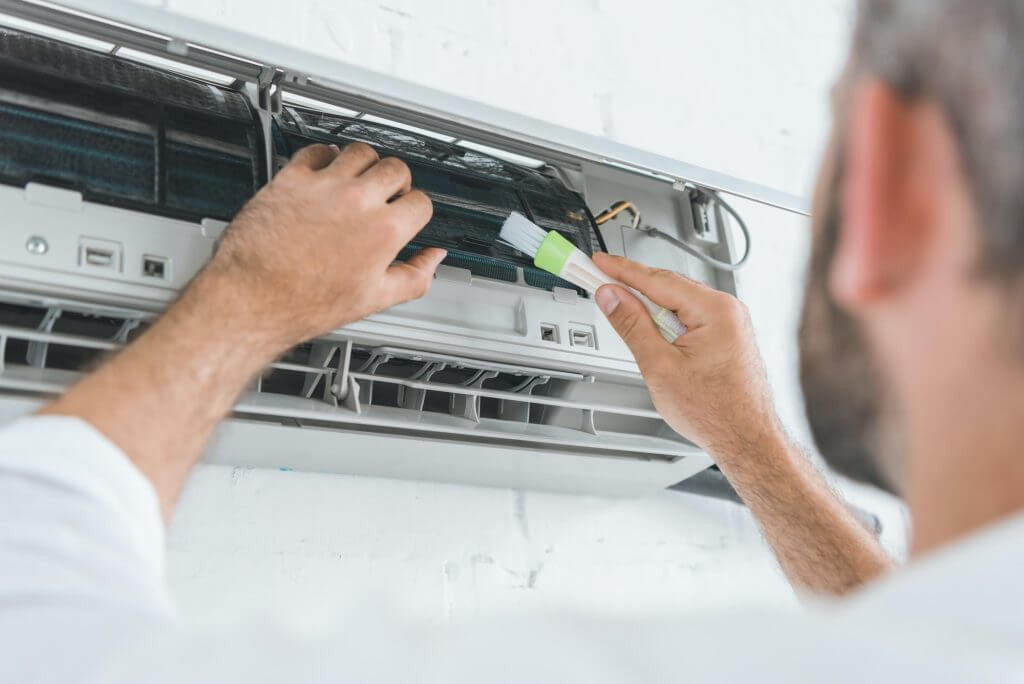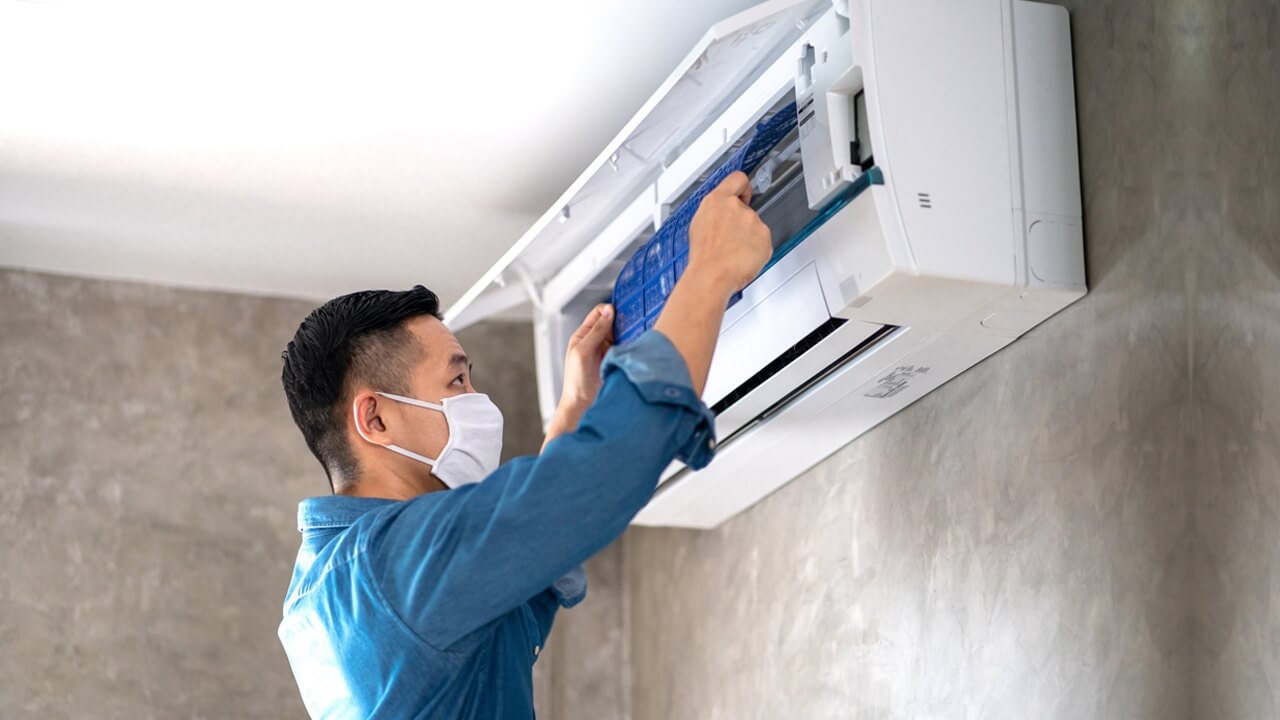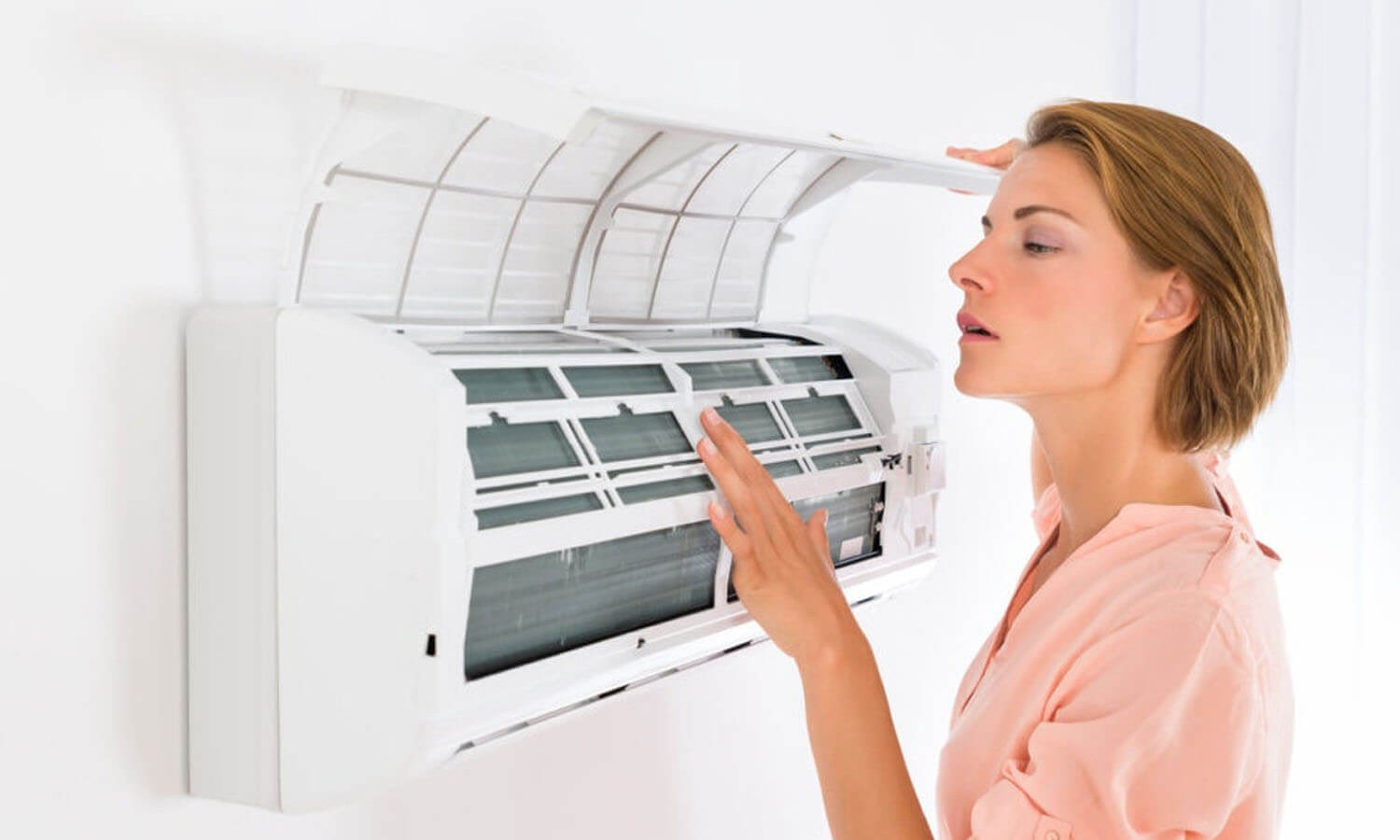
Common Mistakes to Avoid When Installing an Air Conditioner: A Comprehensive Guide
Installing an air conditioner (AC) is a crucial task that ensures comfort in your home or office, especially during the scorching summer months. However, improper installation can lead to a multitude of problems, from suboptimal performance to complete system failure. Awal Experts, a trusted name in air conditioning services, emphasizes the importance of proper installation to avoid these issues. This comprehensive guide will walk you through the most common mistakes made during air conditioner installation and offer tips on how to avoid them, so you can enjoy cool air without any hassles.
Ignoring the Manufacturer’s Instructions
One of the most fundamental yet often overlooked steps in air conditioner installation is carefully reading and following the manufacturer’s instructions. These instructions are designed to ensure that the unit operates efficiently and safely. They provide specific guidelines on placement, mounting, electrical connections, and other crucial aspects of the installation process. Ignoring these instructions can result in poor performance, frequent malfunctions, or even voiding the warranty.
Recommendation: Before starting the installation, thoroughly review the manufacturer’s manual. Ensure that every step is followed as prescribed, and do not attempt to take shortcuts, as this could lead to complications later on.

Incorrect Placement of the Indoor Unit
The placement of the indoor unit is critical for the effective cooling of your space. Installing the unit at an inappropriate height or in a location with obstructions can hinder its ability to cool the room evenly and efficiently.
Key Guidelines
- The indoor unit should be installed at a height of at least 2.3 meters (approximately 7.5 feet) from the floor. This height allows for optimal air circulation throughout the room.
- Ensure that there is at least 15 cm (approximately 6 inches) of free space above the unit and 12 cm (approximately 5 inches) on the sides. This clearance prevents obstructions to the airflow and allows for easier maintenance.
Incorrect Placement of the Outdoor Unit
The outdoor unit is just as important as the indoor unit when it comes to overall system performance. Placing the outdoor unit in a poorly ventilated area, under direct sunlight, or in a location exposed to harsh weather conditions can severely impact the efficiency and lifespan of the AC system.
Key Guidelines
- The outdoor unit should be placed in a well-ventilated area, away from direct sunlight and precipitation.
- Avoid installing the outdoor unit in enclosed spaces or areas with poor air circulation, as this can cause the system to overheat and reduce its efficiency.

Using Substandard Materials
The quality of materials used during installation significantly impacts the long-term performance and durability of the air conditioner. Using inferior freon pipes, insulation, or fittings can lead to leaks, frequent breakdowns, and costly repairs.
Key Guidelines
- Ensure that high-quality copper pipes and proper insulation materials are used during installation. Substandard materials, such as thin copper pipes or non-copper pipes painted to look like copper, are more prone to leaks and wear.
- Always choose materials that meet the manufacturer’s specifications to avoid compatibility issues and ensure the longevity of the system.
5. Incorrect Calculation of Air Conditioner Capacity
Selecting an air conditioner with the appropriate capacity for the room it will serve is crucial. An AC unit that is too small for the room will struggle to cool the space effectively, while an oversized unit will cycle on and off frequently, leading to increased wear and energy consumption.
Recommendation: Calculate the required cooling capacity based on the room’s size, insulation, and other factors such as the number of windows and heat-producing appliances in the room. If unsure, consult with a professional to determine the appropriate capacity for your needs.
6. Improper Drain Pipe Installation
The drain pipe plays a vital role in removing the condensed water generated by the AC system. If the drain pipe is not installed correctly, it can lead to water leakage, which may cause damage to walls and floors.
Key Guidelines
- The drain pipe should be installed at a downward slope to allow water to flow out freely.
- Ensure that the pipe is not kinked or blocked, as this can lead to water backing up into the indoor unit, potentially causing water damage and mold growth.
7. Errors in Electrical Connections
Incorrect wiring during installation can pose serious risks, including malfunctioning of the air conditioner and even fire hazards. It is essential to use the correct gauge of wire and follow the manufacturer’s electrical diagram meticulously.
Key Guidelines
- Use a cable of the appropriate cross-section as recommended by the manufacturer.
- Ensure that the system is properly grounded to prevent electrical shocks or fires.
- Double-check all connections before powering on the unit to ensure they are secure and correctly configured.
8. Poor-Quality Rolling and Pipeline Bends
Rolling the pipes that carry refrigerant between the indoor and outdoor units is a delicate task. Improper rolling can lead to leaks, which will cause the AC to lose refrigerant and stop cooling effectively. Additionally, kinks in the pipeline can obstruct the flow of refrigerant, reducing the system’s efficiency.
Key Guidelines
- Use a pipe bender when rolling to avoid kinks and maintain the integrity of the pipeline.
- Ensure that all connections are tight and properly sealed to prevent leaks.
9. Incorrect Distance and Height Difference Between Units
The distance and height difference between the indoor and outdoor units is another critical factor that affects the efficiency of the air conditioner. If the distance is too short or too long, or if there is a significant height difference, it can hinder the proper functioning of the refrigerant cycle.
Key Guidelines
- Manufacturers typically recommend a minimum distance of three meters (approximately 10 feet) for the freon line between the indoor and outdoor units. This ensures that the refrigerant has sufficient time to change states between liquid and gas.
- Avoid significant height differences between the units to prevent strain on the compressor and other components.
10. Cutting Costs on Installation Materials
While it may be tempting to cut costs by using cheaper materials or skipping certain steps during installation, this approach often leads to more significant expenses down the line. Low-quality materials and shortcuts can cause frequent breakdowns, reduced efficiency, and even complete system failure.
Recommendation: Invest in high-quality materials and ensure that all installation steps are completed correctly. This will save you money in the long run by reducing the need for repairs and prolonging the life of your air conditioner.
11. Incorrect Operating Mode Settings
Even after proper installation, the way you use the air conditioner can affect its performance and longevity. Many users leave the unit running at maximum power, which leads to excessive wear and tear and increased energy consumption.
Recommendation: Set the air conditioner to automatic mode, which maintains a comfortable temperature with minimal energy use. This mode adjusts the cooling power based on the room’s conditions, reducing strain on the system and saving energy.

12. Choosing the Right Air Conditioning Installation Company
Given the complexity and technical nature of air conditioner installation, it’s often best to leave the task to professionals. Choosing the right installation company is crucial to ensuring a smooth, hassle-free installation process.
Tips for Choosing an Installation Company
Experience and Expertise: Look for a company with a proven track record and extensive experience in installing air conditioners. A company with a good reputation will have the necessary knowledge and expertise to handle any challenges that arise during installation.
Licensed and Insured: Ensure that the company is licensed and insured. This protects you in case of any accidents or damages during the installation process.
Comprehensive Services: Choose a company that offers a full range of services, including installation, maintenance, and repair. This ensures that you have a reliable partner for all your air conditioning needs.
Customer Reviews: Check online reviews and ask for references from previous customers. This will give you an idea of the company’s reliability, quality of work, and customer service.
Competitive Pricing: While cost should not be the only factor in your decision, it is essential to choose a company that offers competitive pricing without compromising on quality.
Example: Awal Experts, a leading air conditioning service company in Dubai, is an excellent choice for those in need of professional installation services. They service all major brands of air conditioners, including Mitsubishi, LG, Hitachi, Daikin, Panasonic, Samsung, and Haier. Awal Experts is known for its exceptional service, competitive prices, and commitment to customer satisfaction. By choosing a reputable company like Awal Experts, you can rest assured that your air conditioning system will be installed correctly and maintained efficiently.
Conclusion
Installing an air conditioner is a complex process that requires careful attention to detail and adherence to specific guidelines. By avoiding the common mistakes outlined in this guide, you can ensure that your air conditioner operates efficiently, lasts longer, and provides the comfort you need without unnecessary headaches. Remember, if you are not confident in your ability to install the unit yourself, it’s always best to hire a professional installation company to handle the job. This investment in professional service will pay off in the long run by ensuring your air conditioning system is installed correctly and operates at peak performance for years to come.

Soccer lover, foodie, ukulelist, Eames fan and screen printer. Acting at the nexus of simplicity and function to express ideas through design. Let’s chat.